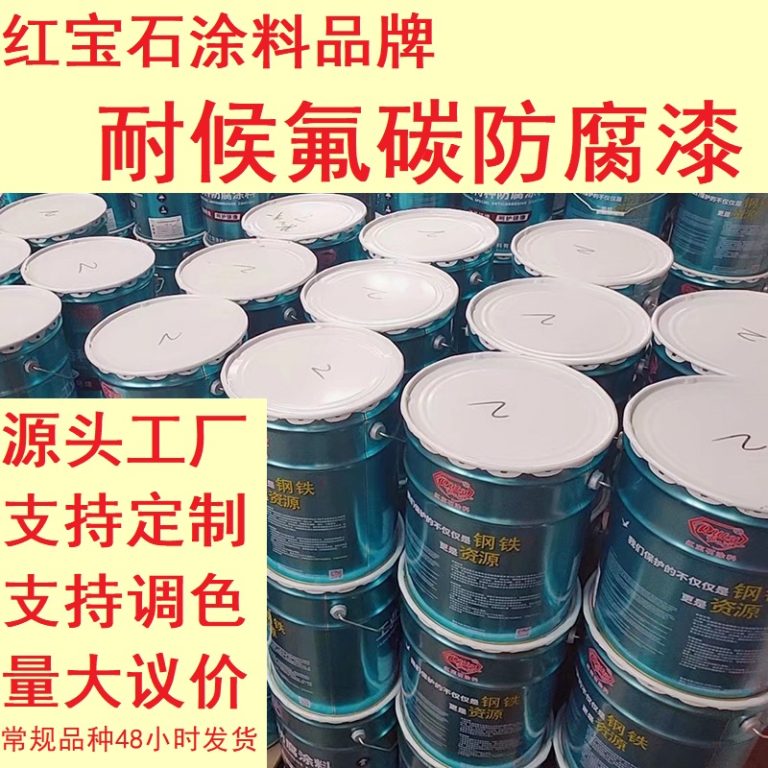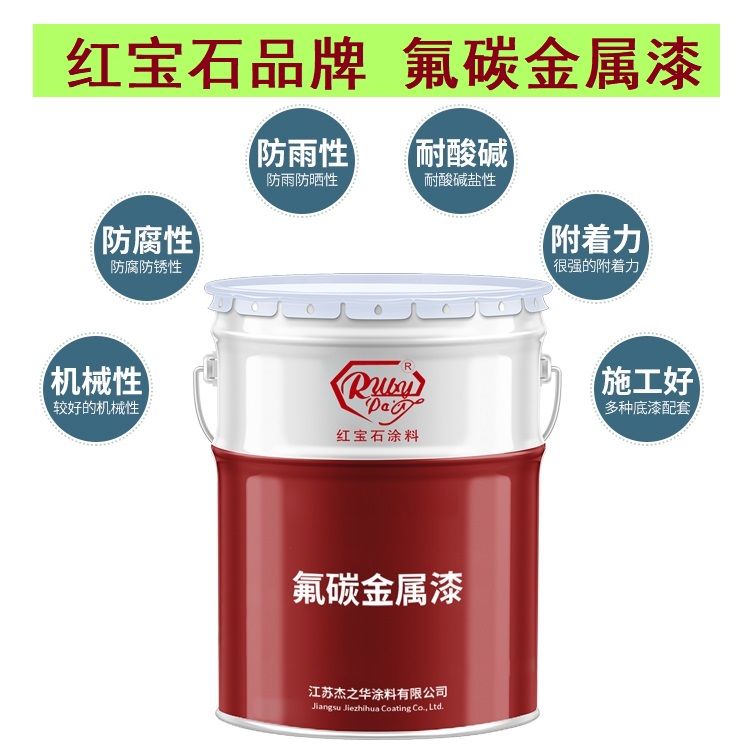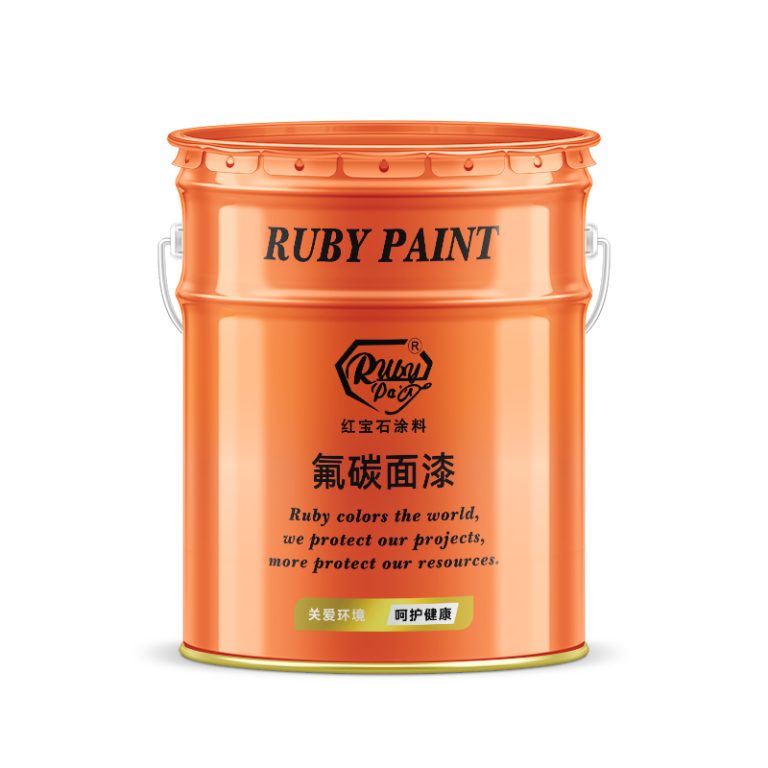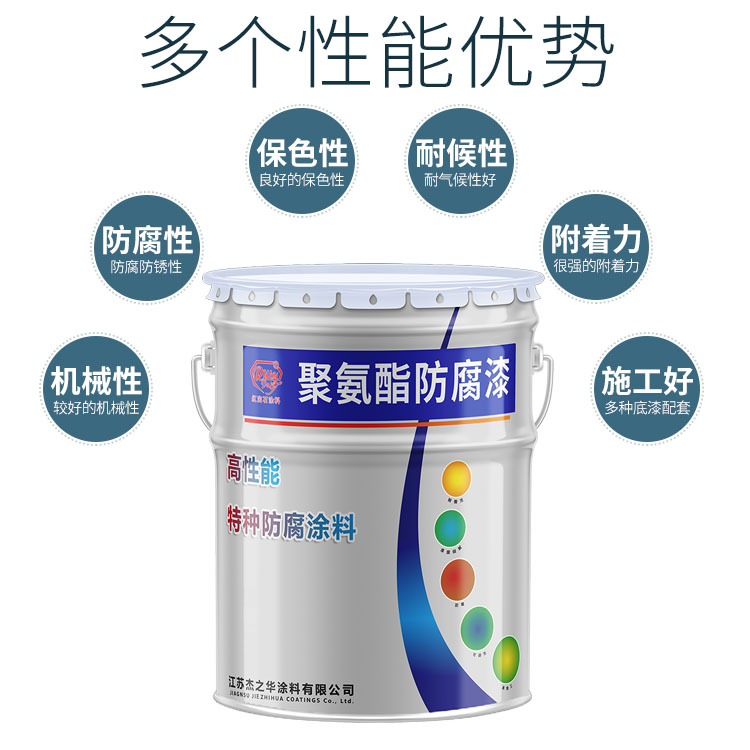Table of Contents
Resin 3D Printer vs Filament: Comparing Print Quality and Detail
When it comes to 3D printing, the choice between a resin 3D printer and a filament-based printer is a critical decision that can significantly impact the quality and detail of the final printed object. Both types of printers have their own unique advantages and disadvantages, and understanding these differences is key to selecting the right printer for your specific needs.
Resin 3D printers, also known as stereolithography (SLA) printers, use a liquid resin that is cured by a light source, typically a laser or a digital light projector. This technology allows for extremely high precision and detail in the printed objects. The layer resolution of resin printers can be as fine as 25 microns, which is significantly finer than the typical layer resolution of 100 microns in filament-based printers. This high level of detail makes resin printers ideal for applications such as jewelry making, dental modeling, and any other projects that require intricate designs and smooth surfaces.
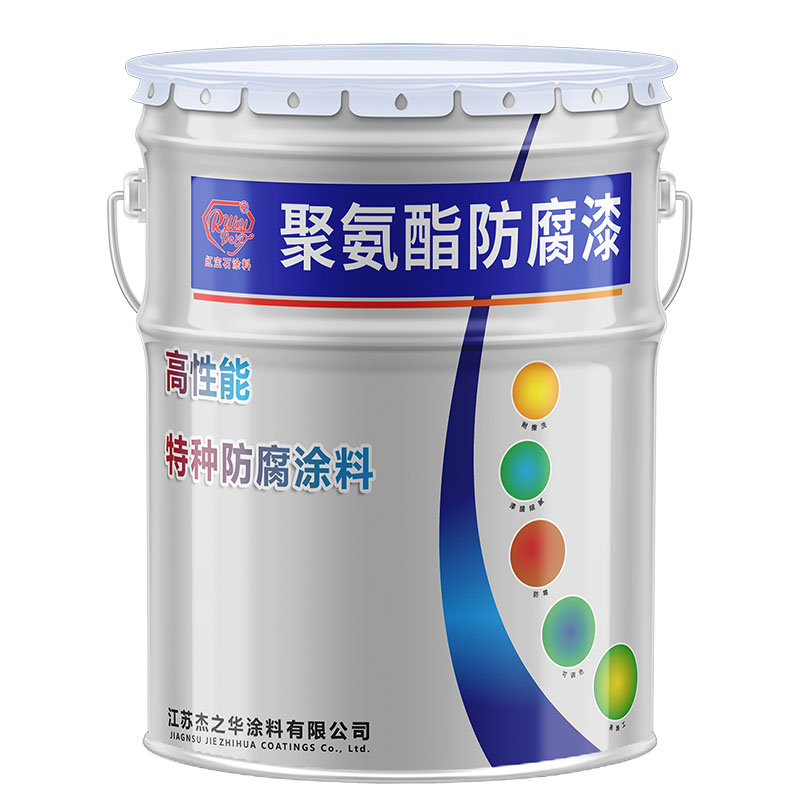
Furthermore, the materials used in resin printing generally have better mechanical properties compared to those used in filament printing. The cured resin is strong and durable, with a smooth finish that often requires little to no post-processing. This can be a major advantage for professionals who need high-quality, functional prototypes or end-use parts.
On the other hand, filament-based 3D printers, also known as fused deposition modeling (FDM) printers, use a thermoplastic filament that is heated and extruded through a nozzle to build up the object layer by layer. While this technology is generally less expensive than resin printing, it has some limitations in terms of print quality and detail.
| Serial Number | Name |
| 1 | Fluoracarbon middle paint |
One of the main drawbacks of filament printers is the visible layer lines that can appear on the surface of the printed object. These lines are the result of the layer-by-layer building process and can be difficult to remove without extensive post-processing, such as sanding or using chemical smoothing agents. Additionally, filament printers can struggle with overhangs and intricate details, often requiring support structures that must be removed after printing.
Moreover, the materials available for filament printing, while diverse, do not typically match the strength and finish quality of resin materials. This can limit the functionality of the printed objects, making them more suitable for prototyping or hobbyist projects rather than professional-grade applications.
| No. | Products |
| 1 | Industrial paint |
In conclusion, when comparing resin 3D printers and filament-based printers in terms of print quality and detail, resin printers clearly have the upper hand. Their ability to produce highly detailed, smooth, and strong objects makes them the preferred choice for applications that demand precision and high-quality finishes. However, the higher cost of resin printers and their materials may be a limiting factor for some users.
Ultimately, the decision between a resin 3D printer and a filament printer will depend on your specific needs, budget, and the level of detail required for your projects. By carefully considering these factors, you can choose the right 3D printing technology that will best suit your purposes and help you achieve the desired results in your work.
Resin 3D Printer vs Filament: Analyzing Cost Efficiency and Material Availability
When it comes to 3D printing, the choice between a resin 3D printer and a filament-based printer is a critical decision that can significantly impact both cost efficiency and material availability. Each type of printer has its own set of advantages and disadvantages, which must be carefully weighed based on the specific needs and goals of the user.
Resin 3D printers, also known as stereolithography (SLA) printers, use a liquid resin that is cured by a light source, typically a laser or UV light. This technology allows for extremely high-resolution prints with smooth surfaces and intricate details. However, the cost of the resin can be a limiting factor for many users. Resin is generally more expensive than filament, and the price can vary widely depending on the type and quality of the resin. Additionally, the tanks used to hold the resin in SLA printers require regular maintenance and replacement, which can add to the overall cost of operation.
On the other hand, filament-based printers, also known as fused deposition modeling (FDM) printers, use a thermoplastic filament that is heated and extruded through a nozzle to build up the object layer by layer. Filament is typically less expensive than resin, making FDM printers a more cost-effective option for many users. The availability of filament is also generally better than that of resin, with a wide range of colors and materials readily available from numerous suppliers.
However, it is important to consider the trade-offs in terms of print quality and resolution. FDM printers often struggle with producing the same level of detail as SLA printers, and the surface finish of FDM prints can be rougher and more prone to visible layer lines. This can be a significant drawback for applications that require a high degree of precision or a smooth surface finish.
In terms of material properties, both resin and filament offer a range of options to suit different applications. Resin can be formulated to achieve specific characteristics such as flexibility, transparency, or high temperature resistance. Similarly, filament is available in a variety of materials including PLA, ABS, PETG, and more, each with its own set of properties that can be advantageous for different uses.
Ultimately, the choice between a resin 3D printer and a filament-based printer depends on a careful analysis of the specific requirements of the project or application. For users who require high-resolution prints with smooth surfaces, and who are willing to pay a premium for materials, a resin 3D printer may be the best choice. Conversely, for those who prioritize cost efficiency and material availability, and who can accept a lower resolution and rougher surface finish, a filament-based printer may be more suitable.
In conclusion, both resin 3D printers and filament-based printers have their own strengths and weaknesses, and the decision between the two should be based on a thorough consideration of factors such as cost, material availability, and required print quality. By understanding the trade-offs associated with each type of printer, users can make an informed decision that best meets their needs and maximizes the value of their investment in 3D printing technology.


